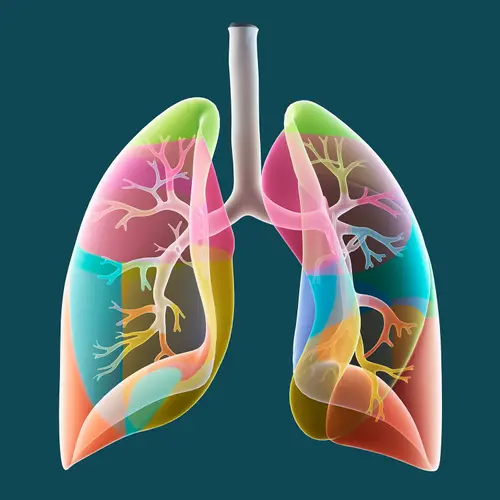Physical Dos and Don’ts With NSCLC

Hide Video Transcript
Video Transcript
SPEAKER; Living with non-small-cell lung cancer is not always easy, but here are a few tips to cope with your diagnosis, manage side effects, and live well with this difficult disease. Before making any major changes to your lifestyle, check with your doctor to better understand your diagnosis and any limitations that may affect your treatment.
Most physical effects can be treated to improve your quality of life. You can help your health care team plan the best treatment for you by keeping track of your symptoms. Physical effects, such as fatigue and shortness of breath, can be particularly hard on patients. They can make even a small effort such as walking across a room seem like too much. Take it slow and steady.
Identifying and managing shortness of breath is an important part of your care. Your doctor may recommend ways to improve airflow, such as sitting in front of a fan or focus on techniques to improve breathing relaxation or posture. Taking short walks is a safe and low-cost form of exercise to help reduce sitting time. This helps energize the body and lungs.
Pace yourself, so that you do not grow short of breath during workouts. And work with your health provider to be aware of breathing before, during, and after exercising. Use an oximeter to measure oxygen levels. If needed, your doctor will prescribe your oxygen at a specific flow rate and a specific number of hours per day. It is very important that you use your oxygen as prescribed.
Some patients may require supplemental oxygen. If you are low on oxygen, your physician may recommend supplemental oxygen, but it may only be needed in special situations. Even though you may be living with non-small-cell lung cancer, you can make choices about your lifestyle that will help you feel better physically and emotionally while managing the disease.
Most physical effects can be treated to improve your quality of life. You can help your health care team plan the best treatment for you by keeping track of your symptoms. Physical effects, such as fatigue and shortness of breath, can be particularly hard on patients. They can make even a small effort such as walking across a room seem like too much. Take it slow and steady.
Identifying and managing shortness of breath is an important part of your care. Your doctor may recommend ways to improve airflow, such as sitting in front of a fan or focus on techniques to improve breathing relaxation or posture. Taking short walks is a safe and low-cost form of exercise to help reduce sitting time. This helps energize the body and lungs.
Pace yourself, so that you do not grow short of breath during workouts. And work with your health provider to be aware of breathing before, during, and after exercising. Use an oximeter to measure oxygen levels. If needed, your doctor will prescribe your oxygen at a specific flow rate and a specific number of hours per day. It is very important that you use your oxygen as prescribed.
Some patients may require supplemental oxygen. If you are low on oxygen, your physician may recommend supplemental oxygen, but it may only be needed in special situations. Even though you may be living with non-small-cell lung cancer, you can make choices about your lifestyle that will help you feel better physically and emotionally while managing the disease.
